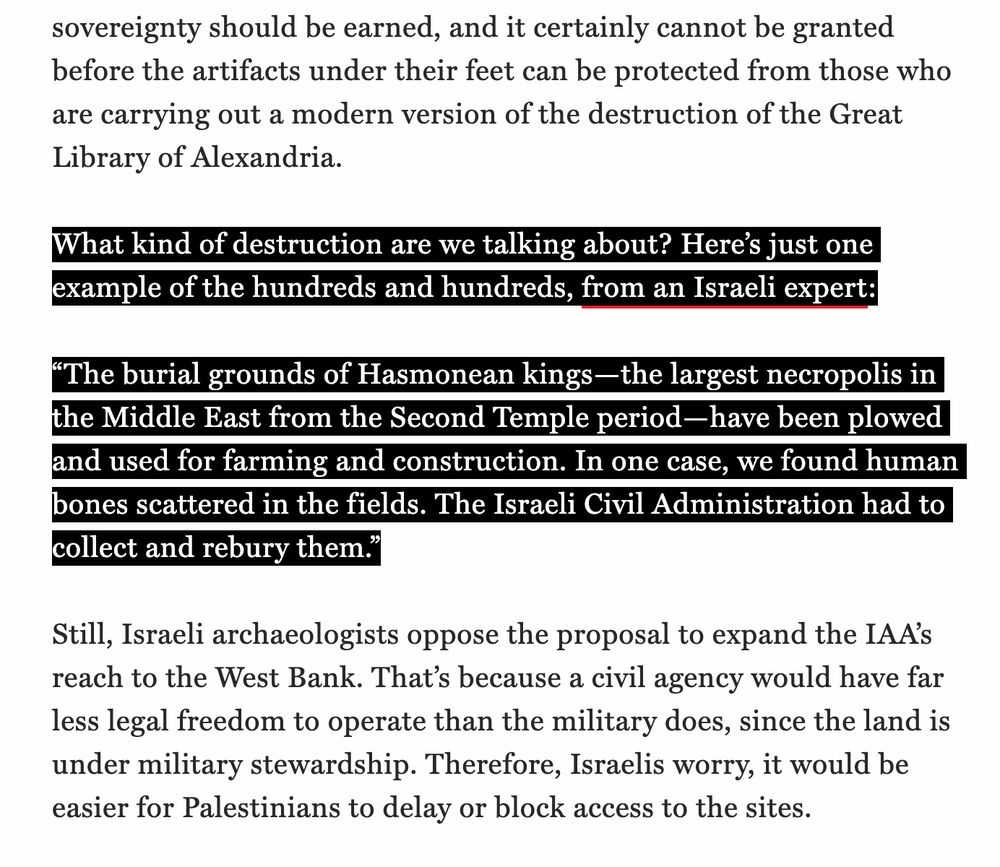Michael Press
@michaeldpress.bsky.social
160 followers
100 following
250 posts
Researcher and editor | writings on cultural heritage, antiquities trade
Posts
Media
Videos
Starter Packs
Pinned
Michael Press
@michaeldpress.bsky.social
· Aug 25

Archaeologists dig in against antiquities bill aiming to deepen Israel’s hold on West Bank
A push to shift oversight of excavations in the territory to a civilian authority sparks worries of creeping annexation, with researchers fearing they'll bear brunt of any backlash
www.timesofisrael.com
Reposted by Michael Press
Michael Press
@michaeldpress.bsky.social
· Aug 27
Michael Press
@michaeldpress.bsky.social
· Aug 27

















